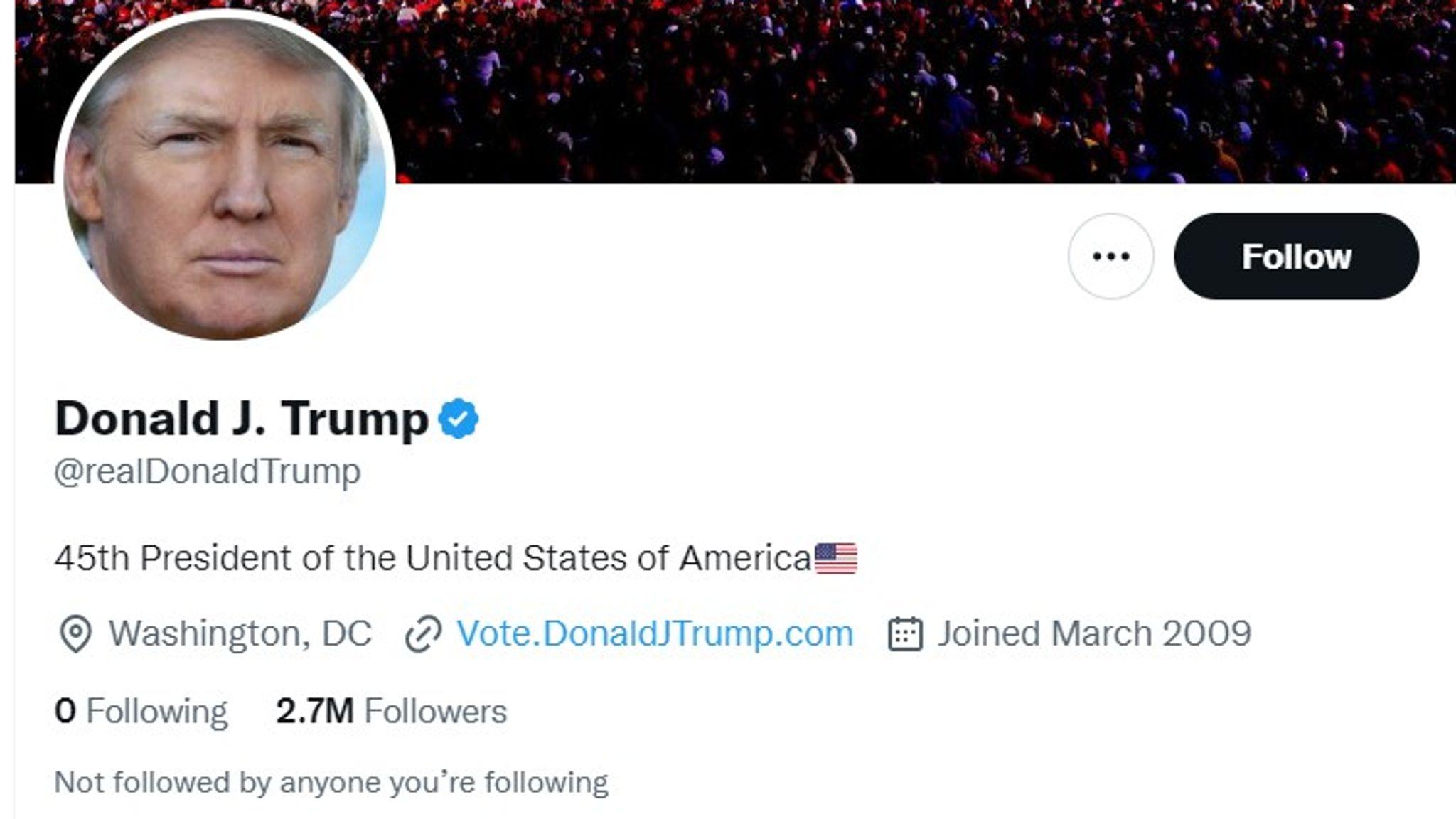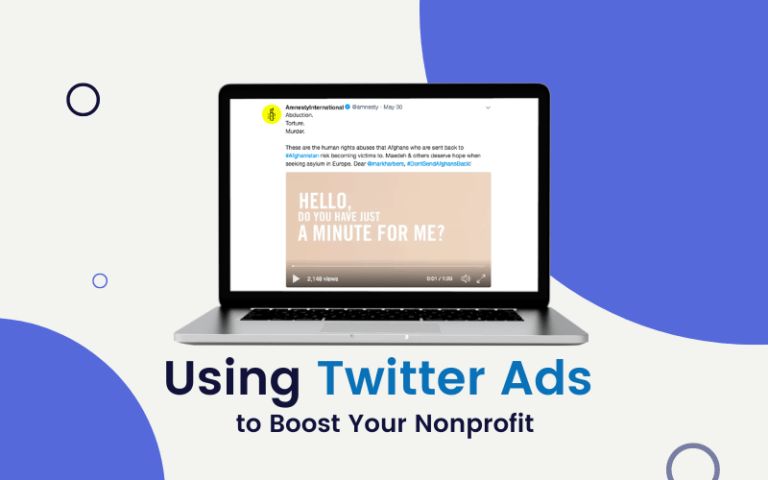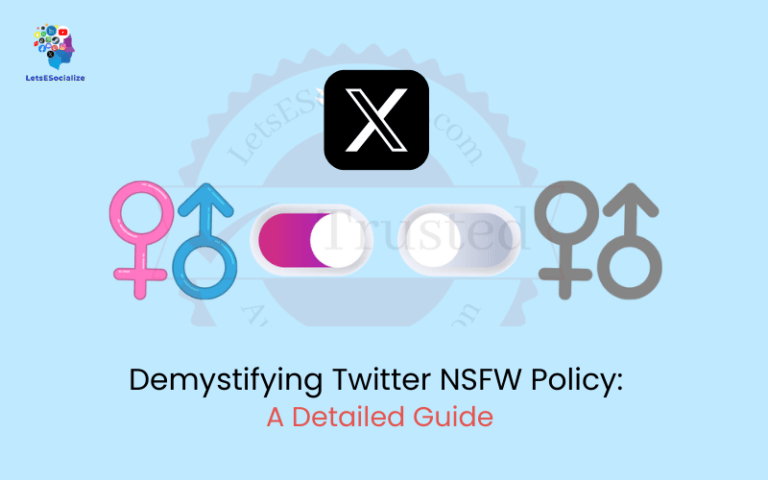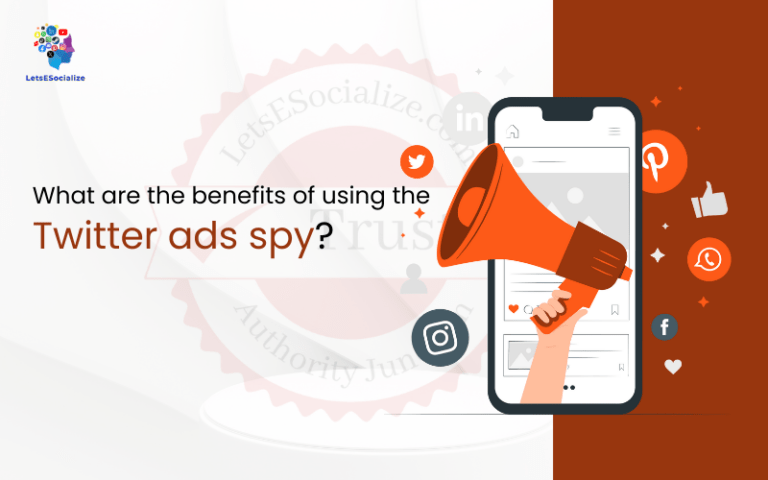Donald Trump, the 45th president of the United States, is well known for his prolific and controversial use of Twitter. With over 88 million followers, Trump has used Twitter to communicate directly with the public and bypass traditional media.
Trump joined Twitter in March 2009 and quickly embraced the platform during his 2016 presidential campaign and throughout his presidency. He often made major policy announcements on Twitter and feuded with political opponents. Twitter played a central role in Trump’s unorthodox communication style.
However, Trump’s tweets also frequently stirred controversy. He was criticized for posting misinformation, attacking political enemies, and making insensitive or offensive comments. Twitter eventually banned Trump from the platform in January 2021 due to concerns his tweets incited violence following the January 6 attack on the US Capitol.
This article will explore Donald Trump is back on Twitter over the years, its impact, and the controversies surrounding his tweets.
Table of Contents
Trump Early Twitter Use (2009-2015)
Donald Trump joined Twitter in March 2009 under the handle @realDonaldTrump. At the time, he was known as a real estate mogul and host of the reality TV show The Apprentice.
Trump’s early Twitter activity mainly discussed his business ventures, media appearances, and opinions on politics and current events. He often tweeted short insults and criticism directed at celebrities like Rosie O’Donnell and public figures such as President Obama.
By 2011, Trump regularly used Twitter to question Obama’s birthplace and eligibility for the presidency, helping fuel the “birther” conspiracy. These baseless claims gained Trump’s attention in conservative media circles.
As Trump mulled a presidential run in 2012, he increased his political commentary on Twitter. He boasted about his wealth and business acumen while attacking Obama’s policies like the Affordable Care Act. Trump’s bombastic tweets helped lay the foundation for his anti-establishment political brand.
Trump Twitter Use During the 2016 Campaign
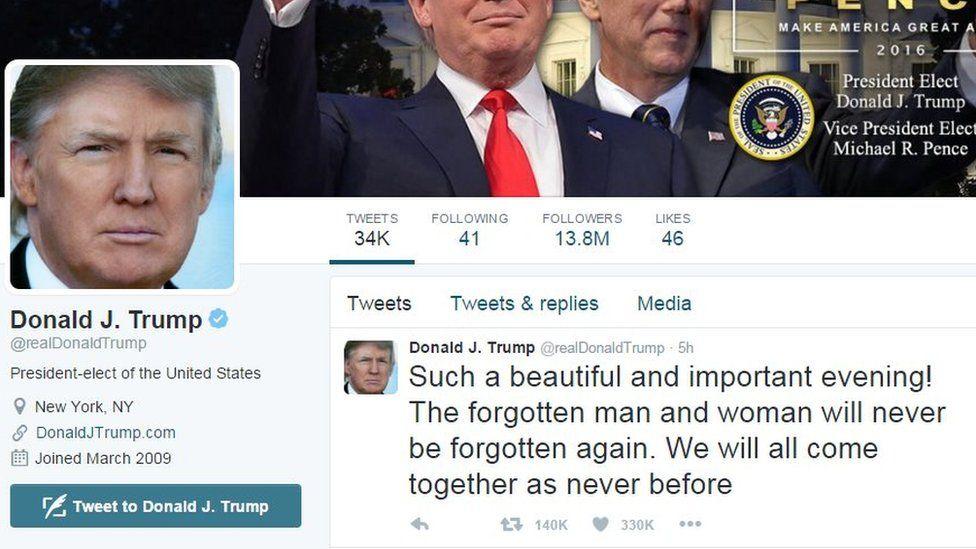
Donald Trump’s Twitter activity radically increased when he officially entered the 2016 presidential race in June 2015. He credited Twitter for helping build momentum for his unconventional campaign.
Trump’s tweets grabbed media attention and allowed him to shape narratives around his campaign and opponents. He often live-tweeted TV news coverage and reacted to real-time events on Twitter.
Some key ways Trump used Twitter during the 2016 campaign:
- Attacking rivals with derogatory nicknames like “Crooked Hillary” Clinton and “Lyin’ Ted” Cruz
- Making controversial/offensive statements that energized his political base
- Promoting campaign rallies, slogans, and merchandise
- Spreading misinformation on topics like immigration and crime
- Criticizing media organizations for negative coverage of his campaign
- Rallying supporters by claiming the political system was “rigged” against him
Trump’s Twitter aggression was unprecedented for a presidential candidate. While some found his tweets inappropriate or embarrassing, they helped solidify his anti-establishment appeal.
Major Announcements on Twitter as President
After his election in November 2016, president-elect Trump stated he intended to continue tweeting as president. Many wondered if his Twitter habits would change once he took office in January 2017.
However, Trump used Twitter in the same aggressive, impulsive style throughout his presidency. He often made major policy pronouncements on Twitter, catching even his administration off guard.
Some significant examples of Trump making major announcements on Twitter include:
- In May 2018, Trump tweeted that he was directing the Commerce Department to help Chinese telecom company ZTE stay in business, reversing penalties previously imposed by his administration. The tweet took officials by surprise.
- In March 2018, Trump tweeted that he was replacing Secretary of State Rex Tillerson with CIA Director Mike Pompeo. The news blindsided Tillerson.
- In July 2017, Trump tweeted that he would ban transgender individuals from military service. The impromptu announcement led to confusion within the Defense Department.
- In December 2018, Trump announced on Twitter the withdrawal of US troops from Syria against the advice of top officials like Defense Secretary James Mattis, who resigned in protest.
Critics accused Trump of governing impulsively via Twitter rather than through proper policy and communication channels. However, the platform let Trump speak directly to his supporters and shape perceptions of his presidency.
Twitter Feuds
Donald Trump has never been afraid to attack his political rivals and detractors on Twitter. He frequently got into ugly disputes on the platform throughout his presidency.
Some of Trump’s most heated Twitter feuds included:
Jeff Bezos
Trump often attacked Amazon founder Jeff Bezos on Twitter, accusing him of scamming the US Postal Service and avoiding taxes. Trump’s feud with Bezos likely stemmed from the latter’s ownership of The Washington Post, which extensively reported on controversies in Trump’s administration.
Joe Scarborough
The MSNBC host was previously friendly with Trump but became increasingly critical of him on air. Trump baselessly tweeted that Scarborough was involved in the “unsolved mystery” death of a female staffer when he was a congressman, triggering outrage.
Mika Brzezinski
Trump once tweeted that the MSNBC anchor was “bleeding badly from a face-lift” during a New Year’s Eve visit to Mar-a-Lago. The sexist insult was condemned by politicians from both parties.
James Comey
After firing FBI Director James Comey, Trump frequently attacked his credibility and intelligence on Twitter while Comey was testifying before Congress.
John McCain
Trump had a long-running feud with Senator John McCain and continued attacking him on Twitter even after his brain cancer diagnosis and death. He never apologized for saying McCain was “not a war hero.”
These feuds demonstrate Trump’s willingness to get personal and incendiary attacks on Twitter, disregarding political and social norms.
Spreading Misinformation
Throughout his presidency, Donald Trump was prolific in promoting misinformation and conspiracy theories on Twitter. He often tweeted dubious or exaggerated claims that lacked proper context or factual basis.
Some examples of misinformation Trump spread on Twitter:
- In the lead-up to the 2020 election, Trump relentlessly pushed unfounded theories that mail-in voting would lead to massive fraud. Independent fact-checkers repeatedly debunked his claims.
- Trump promoted conspiracy theories that Ukraine interfered in the 2016 election against him, contradicting US intelligence findings of Russian interference.
- He falsely claimed in 2018 that Californians were “rioting” to get into Mexico when no such riots occurred.
- Trump generated controversy in 2020 by touting the unproven COVID-19 treatments hydroxychloroquine and oleandrin.
- He promoted the false Birther conspiracy theory that Barack Obama was not born in the US, even after publicly disavowing it during the 2016 campaign.
- Trump frequently cited dubious statistics about crime, immigration, and the economy while in office.
Trump’s tendency to tweet misinformation raised criticism that he was eroding trust in facts and institutions. However, he considered Twitter an important way to share his views directly with the public unfiltered.
Reactions to Controversial Tweets
Donald Trump’s controversial tweets as president often made headlines and triggered widespread public backlash from political leaders, celebrities, and millions of Twitter users. However, he showed no signs of reversing course despite frequent outrage.
Some examples of public blowback to Trump’s tweets:
“When the looting starts, the shooting starts.”
In May 2020, Trump responded to racial justice protests with this phrase, echoing a racist remark by a Miami police chief in the 1960s. The tweet was censored by Twitter for glorifying violence.
Attacks on “The Squad”
In July 2019, Trump tweeted that four progressive congresswomen of colour should “go back” to where they came from. The tweets were condemned as racist and xenophobic.
Covid misinformation
Trump’s tweets promoting unproven COVID-19 treatments and downplaying the pandemic’s severity prompted a backlash from medical experts.
Mocking Greta Thunberg
After the teenage climate activist won Time’s Person of the Year in 2019, Trump bashed her in a tweet as having “anger management issues.” Many considered attacking Thunberg inappropriate.
Criticizing NFL anthem protests
Trump enflamed Culture Wars 2017 by harshly criticizing NFL players who knelt during the anthem to protest racial injustice.
While Trump viewed such controversy as a political positive with his base, critics accused him of regularly using Twitter to stoke racism, misogyny, and disinformation.
Also read: Protecting Tweets in Twitter Privacy Settings
Impact on Foreign Policy
Donald Trump’s tweets often had significant foreign policy implications during his presidency. His tendency to tweet impulsively about international affairs caused unpredictability in geopolitics.
Some examples of Trump impacting foreign policy via Twitter:
- In January 2018, he provoked fears of nuclear war by tweeting that his nuclear button was “much bigger” than North Korea’s Kim Jong Un’s.
- Trump stunned Pentagon officials in October 2019 by announcing a total withdrawal of US troops from northern Syria with little strategic planning.
- He threatened via tweet in July 2018 to cut foreign aid to nations who voted in favour of a UN resolution condemning his decision to move the Israeli embassy to Jerusalem.
- Trump proposed meeting with North Korean leader Kim Jong Un in a 2018 tweet before coordinating with regional allies, undercutting diplomacy efforts by his administration.
- In December 2017, he retweeted inflammatory anti-Muslim videos from a British far-right figure, straining US alliances with Muslim-majority nations.
Foreign policy veterans warned that Trump’s Twitter diplomacy could escalate conflicts and alienate allies. However, Trump believed the platform let him project strength and circumvent traditional diplomacy.
Impact on the Media
Donald Trump had a volatile relationship with the mainstream news media throughout his presidency, frequently deriding critical coverage as “fake news.” He used Twitter as his megaphone for attacking the press.
Some impacts of Trump’s tweets on the media landscape included:
- He popularized the term “fake news” and rallied supporters against media fact-checking his misinformation. This increased polarization of truth perceptions.
- Trump’s accusations of media bias led to declining public trust in the press and journalists facing threats.
- He live-tweeted TV news segments to attack and undermine reporting critical of his administration. This coloured viewers’ perceptions of coverage.
- Trump’s tweets accusing the press of suppressing stories damaging to Democrats put pressure on media executives.
- Some studies showed Trump’s tweets drove a disproportionate amount of news coverage, allowing him to hijack the media’s agenda.
- Given their newsworthiness, networks faced ethical dilemmas regarding airing Trump’s most controversial tweets unfiltered.
Using Twitter to discredit the mainstream press, Trump exited his populist base but opened a rift of historic proportions between the presidency and the Fourth Estate.
Twitter’s Actions Against Trump’s Account
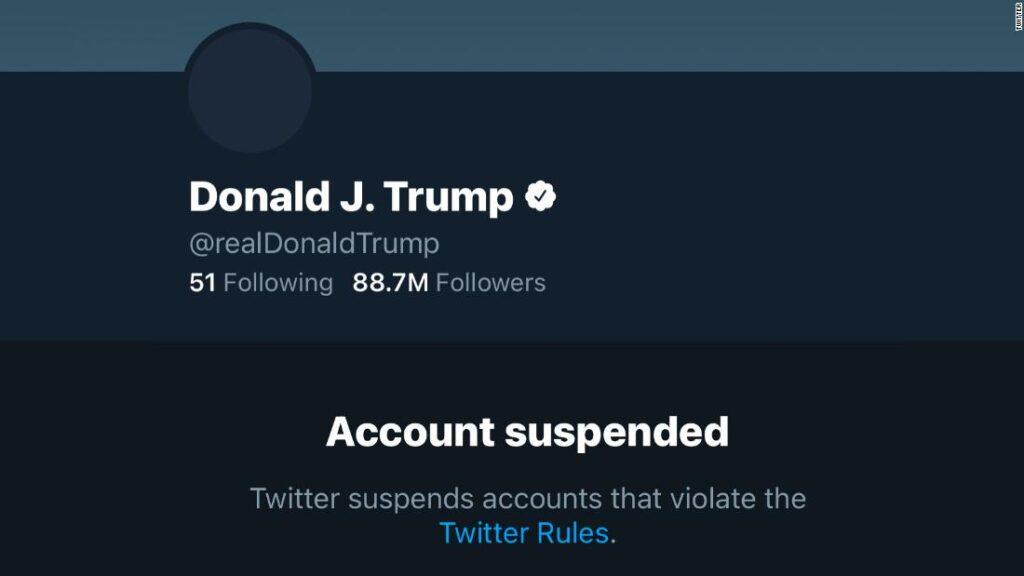
While Twitter usually took a hands-off approach to political speech, Donald Trump’s controversial tweets as president forced the company to take action against his account on several occasions.
Some disciplinary measures Twitter took include:
Fact-checking misinformation
During the 2020 election, Twitter applied fact-check labels to Trump’s misleading tweets about mail-in voter fraud for the first time. Trump responded by signing an executive order attempting to weaken legal protections for social media companies.
Restricting tweet visibility
In 2020, Twitter started labelling some of Trump’s tweets as violating policies against glorifying violence or spreading manipulated media. The tweets were placed behind warning screens and restricted from replies and likes.
Short-term account locks
Twitter temporarily froze Trump’s account multiple times for violations of its civic integrity policy after he refused to accept election results and promoted conspiracy theories.
Permanent suspension
After the deadly January 6 Capitol riots, Twitter permanently banned Trump’s account due to “risk of further incitement of violence.” He had over 88 million followers at the time of deletion.
While Trump protested these actions as censorship, Twitter maintained the moves were necessary to enforce policies fairly and limit real-world harms.
Trump’s Alternative Social Media Platforms
After Twitter permanently suspended Donald Trump’s account in January 2021, he began exploring options for alternative social media platforms to reach his followers. However, none have matched Twitter’s massive user base and impact.
Trump launched a blog called “From the Desk of Donald J. Trump” in May 2021, where he could post statements. However, he took it offline within a month due to a need for readership.
In October 2021, Trump announced plans to launch a new media company and social network called TRUTH Social. The app launched on Apple’s App Store in February 2022 but was plagued by glitches and low user numbers.
Other pro-Trump social networks like Gab and Parler see only a fraction of major platforms’ users. This illustrates the huge megaphone Twitter provided Trump before his banning.
Although Trump may never regain an online platform as influential as Twitter, he continues searching for ways to connect with supporters outside the mainstream tech industry he accuses of suppressing conservative voices.
Legal Challenges to Twitter Ban
Donald Trump has initiated several legal actions challenging Twitter’s permanent ban on his account for inciting violence. However, these lawsuits face an uphill court battle on First Amendment grounds.
Main legal arguments made by Trump:
- Twitter allegedly violated Trump’s free speech rights under the First Amendment by deplatforming him based on viewpoint discrimination as a public forum.
- Florida passed a law imposing fines on social media that ban political candidates. Trump sued Twitter for violating this law after his state ban.
- Trump claims Twitter had a duty under the Texas Deceptive Trade Practices Act to inform him of ban risks before depriving him of account access.
Key hurdles Trump faces:
- The First Amendment does not apply to private entities like Twitter. Courts have upheld platforms’ broad discretion to moderate content.
- Twitter argues it banned Trump for legitimate public safety reasons after he violated terms of service, not due to viewpoint.
- Federal law like Section 230 protects internet platforms from liability based on moderation decisions.
While Trump may succeed in bringing Twitter to the negotiation table, legal experts believe the courts will unlikely force Twitter to reinstate his account based on free speech protections.
Twitter Without Trump
Donald Trump’s permanent suspension from Twitter in January 2021 capped his nearly 12-year run by exploiting the platform’s massive reach to shape narratives and connect with supporters.
Twitter proved invaluable to Trump in amplifying his voice and bypassing gatekeepers. But his departure from the platform also reduced opportunities to stir controversies and dominate news cycles.
Some effects of Twitter permanently banning Trump:
- Misinformation decreased – Studies found misinformation declined 73% after Trump’s ban. His tweets no longer spread unverified claims to millions.
- Less distracted news cycle – Trump’s tweets often hijacked attention from other issues. His absence helped return focus to policy matters.
- Disrupted partisan tribalism – Trump could no longer energize his base and attack opponents in real-time on Twitter.
- Less polarization – Research suggests Trump’s tweets made politics more polarized. His banning cooled rhetoric some.
- Personality politics diminished – Without Trump’s tweets driving news, coverage focused less on partisan feuds and more on governance.
- Shift in Twitter policies – Deplatforming a major public figure forced Twitter to be more transparent about enforcement policies.
Without Trump’s one-of-a-kind online presence, Twitter became a somewhat less chaotic political space. However, it did not resolve the deeper divisions in American society exposed during his social media-powered rise.
Conclusion
Donald Trump’s prolific and unconventional use of Twitter left an indelible mark on politics, policymaking, and public discourse. He used the platform unprecedentedly for a president – announcing major policies, attacking rivals, and rallying his base.
Twitter offered Trump unfiltered access to the masses without media gatekeepers. His tweets energized supporters and frequently stirred uproars for spreading misinformation and incendiary rhetoric.
Ultimately, concerns over real-world harm from Trump’s tweets led Twitter to permanently bar him after years of publicity and controversy. However, the platform’s role in providing an unmediated megaphone to Trump disrupted politics by accelerating polarization, distrust of institutions, and the appeal of anti-establishment populism.
Trump’s exile from Twitter did not resolve the divisions his viral tweets exploited and worsened. But it did slow the spread of misinformation and restore some sense of normalcy to political discourse – at least until another volatile leader embraces the unique power of social media.

